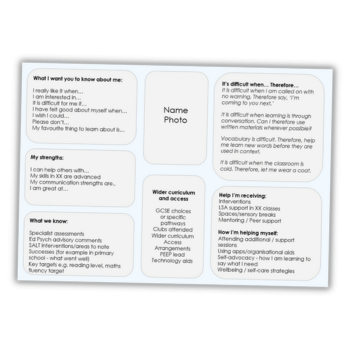Whole class feedback – A short guide to making it work for you

It’s a teaching approach that can save you lots of time, says Adam Riches – so long you don’t over-complicate things…

- by Adam Riches
- Teacher, writer and educational consultant

Master whole class feedback and you’ll reduce your marking load significantly – it’s as simple as that.
Implementing a well-devised whole class feedback system is one of the most effective ways to move learning forwards sustainably, through addressing misconceptions and giving learners the opportunity to reflect on the topics they have been taught. Don’t be drawn in by gimmicks, though – be sure to keep things simple.
Consider the format
The format really does matter. A complicated sheet will only add to students’ extrinsic load, while a sheet that changes each week can create ambiguity for learners.
Make your whole class feedback method visible and consistent. A simple sheet with pre-assigned boxes – such as praise, literacy and most importantly, the misconception – is all that’s needed. You might wish to later embellish this with sections that further stretch and challenge your classes, but start with the basics.
Overcome the misconception
Whole class feedback is effective when learning time is dedicated to overcoming the misconception. Not all students need to have the misconception for this to add value to their learning; a good way of reinforcing what not to do is to reflect on common mistakes others make.
Whole class feedback allows you to help learners move on, as well as supporting others to consolidate. Explicitly teaching it is of paramount importance – merely identifying it isn’t enough!
Embed the routine
Making your whole class feedback visible is all about getting learners into routines. Keep your language consistent and dedicated, so that the feedback you give is acted upon. Do you expect learners to respond in a different colour? How often do you give feedback?
You also need to consider how you’ll gather the data required for your whole class feedback. Will you look through the books? Monitor progress in class? Make this a part of your teaching routine.
Adam Riches is a senior leader for teaching and learning; follow him at @teachmrriches
This piece originally appeared in ‘Learning Lab’ section of Teach Secondary magazine










